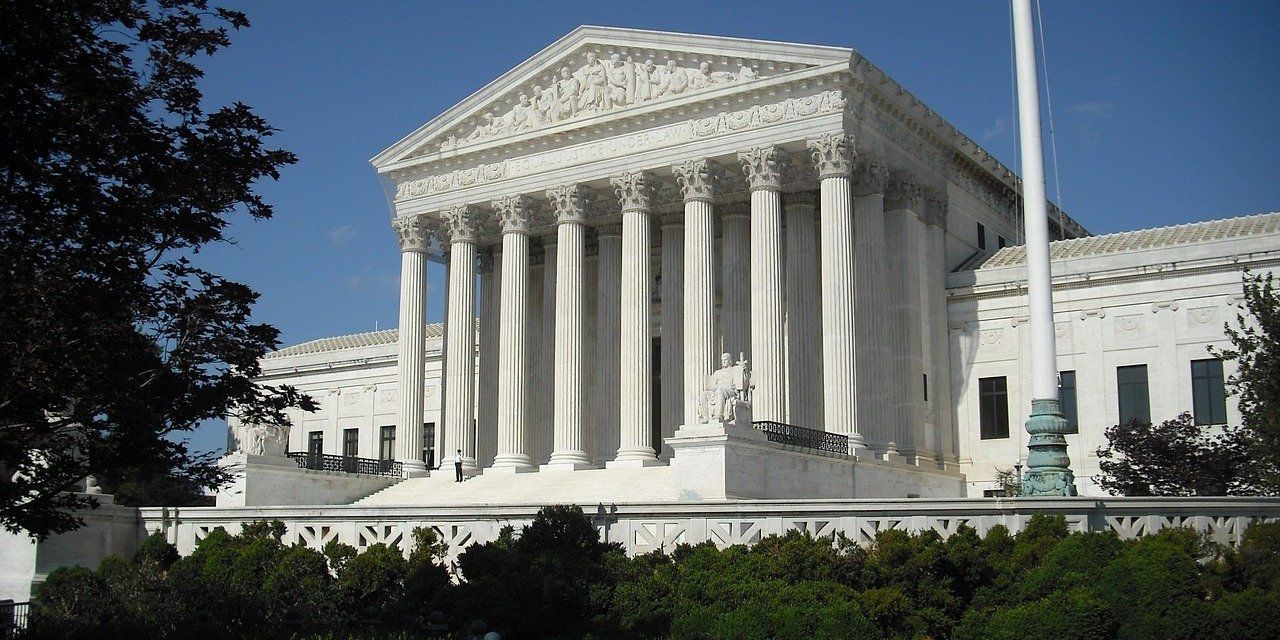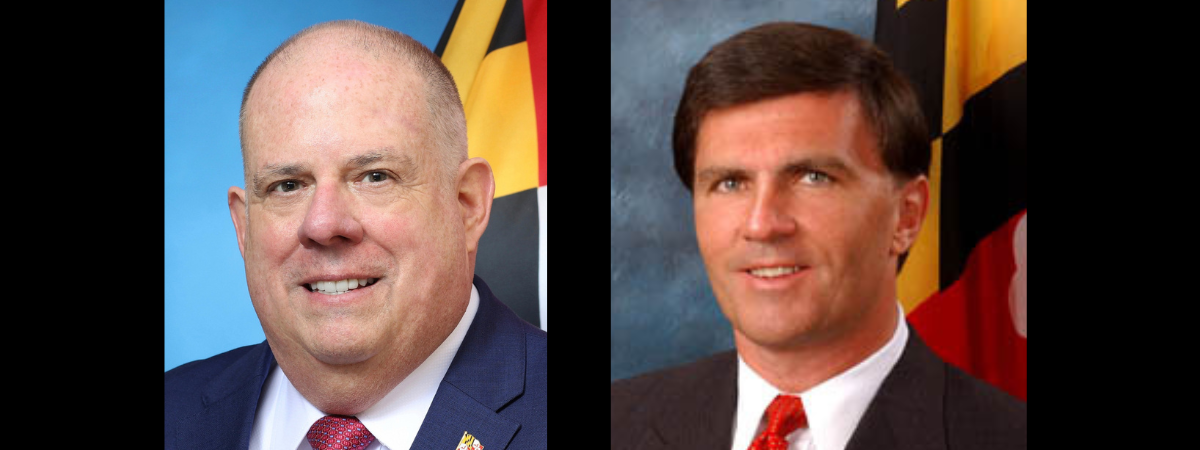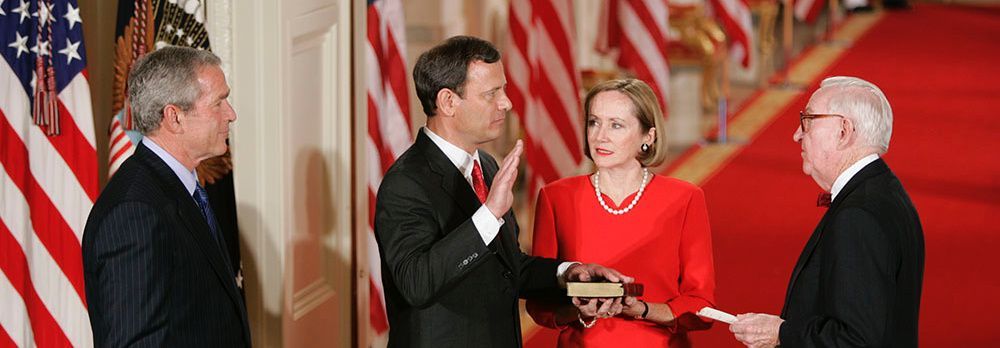The Best Case for Reaffirming Roe v. Wade

At the top of anyone’s list of important cases on the docket of the Supreme Court for the new 2021 Term is Dobbs v. Mississippi. This case is a direct challenge to a new Mississippi law preventing any abortions in the state after 15 weeks, a state law patently unconstitutional under the essential holding of Roe v. Wade which prohibited state interference with a women’s right to an abortion prior to the time of viability, usually no earlier than 23-24 weeks of pregnancy. The Dobbs case was the subject of recent oral argument before the Court with a decision not likely until the end of June or possibly early July.
With six conservatives on the present Court, including three nominees of President Trump — who promised that his nominees would serve the cause of overturning Roe — there is little reason to think that the issues resolved by Roe would be decided the same way were this to be a case of first impression. As a result, the practical question raised in Dobbs is whether at least five Justices will ultimately become convinced that Roe should be reaffirmed because of the doctrine of stare decisis even if some of those same Justices believe that Roe was wrongly decided in the first place.
Stare decisis (“to stand by things decided”) is the legal term for fidelity to precedent. The importance of abiding by earlier precedents arises when the same points come again in litigation because it tends to keep the scale of justice even and steady, avoiding changes simply by virtue of every new judge’s opinion. “No judicial system could do society's work if it eyed each issue afresh in every case that raised it.” See B. Cardozo, The Nature of the Judicial Process 149 (1921).
Respect for precedent “promotes the evenhanded, predictable, and consistent development of legal principles, fosters reliance on judicial decisions, and contributes to the actual and perceived integrity of the judicial process.” Payne v. Tennessee (1991). As Chief Justice John Roberts recently observed, concurring in the holding of a case reaffirming an earlier ruling he had dissented from: “Stare decisis instructs us to treat like cases alike.” June Medical Services v. Russo (2020).
Adherence to the doctrine of stare decisis is not an "inexorable command," as the Court regularly acknowledges, meaning that earlier precedent can never be later overturned. In fact, the Court has from time to time overturned prior precedent, perhaps most notoriously so when Brown v. Board of Education (1954) overturned Plessy v. Ferguson (1896). However, “for precedent to mean anything, the [stare decisis] doctrine must give way only to a rationale that goes beyond whether the [earlier] case was decided correctly.” Roberts, June Medical. Accordingly, over the years the Court has resorted to the consideration of several factors in weighing the strength of the stare decisis doctrine.
These include:
- whether the rule earlier established has been found unworkable;
- whether the rule could be reversed without serious inequity to those who have relied upon it;
- whether the law's growth in the intervening years has left the rule an anachronism discounted by society;
- and whether the fact premises underlying the earlier case have changed in the ensuing years as to render its central holding somehow irrelevant or unjustifiable in dealing with the issue it addressed.
So how should the Supreme Court in Dobbs resolve the application of these factors to Roe when considering the stare decisis issue? Well, it is useful to know that the Court has already considered this exact issue before. Nineteen years after Roe was decided, the Court reaffirmed Roe v. Wade’s essential holding and did so on the basis of stare decisis. Planned Parenthood v. Casey (1992).
The Casey Court analyzed each of the above factors traditionally utilized in considering the application of stare decisis. Although Roe had engendered opposition, the Casey Court determined that it had in no sense proven to be "unworkable." As for reliance, an entire generation had by that time come of age free to assume Roe's concept of liberty in defining the capacity of women to act in society and to make reproductive decisions. During the intervening years, there had been no erosion of principle respecting liberty or personal autonomy that had rendered Roe's central holding a doctrinal outlier. Finally, there had been no changes of fact which had worked to make viability more or less appropriate as the point at which the balance of interests between the mother and the fetus tips. Having considered each of these relevant factors, the Casey Court concluded, “Within the bounds of normal stare decisis analysis and subject to the considerations on which it customarily turns, the stronger argument is for affirming Roe's central holding, not for overruling.”
But the Casey Court did more than that. It went on to say that overruling Roe's central holding would not only reach an “unjustifiable result” under principles of stare decisis but would in addition seriously weaken “the Court's capacity to exercise judicial power and to function as the Supreme Court of a Nation dedicated to the rule of law.” Where, in the performance of its judicial duties, the Court decides a case in such a way as to resolve the sort of intensely divisive controversy reflected in Roe, the decision has a dimension that the resolution of the normal case does not carry. “A decision to overrule Roe's essential holding under the existing circumstances would address error, if error there was, but at the cost of both profound and unnecessary damage to the Court's legitimacy, and to the Nation's commitment to the rule of law.”
Now, 30 years later, the stare decisis conclusions of the Casey Court appear only stronger and the risk of “profound and unnecessary damage to the Court's legitimacy and to the Nation's commitment to the rule of law” only more significant should it be overruled. Casey is precedent on top of precedent — that is, precedent not just on the issue of whether the viability line established in Roe is correct, but also on the issue of whether it should be abandoned. During the oral argument in Dobbs, these same risks implicit in overruling Roe were obviously front and center in the minds of Justices Breyer, Sotomayor, and Kagan. Whether at least two additional Justices will come to the same conclusion by the time the case is decided is the big question.
John Christie was for many years a senior partner in a large Washington, D.C. law firm. He specialized in anti-trust litigation and developed a keen interest in the U.S. Supreme Court about which he lectures and writes.
Common Sense for the Eastern Shore







